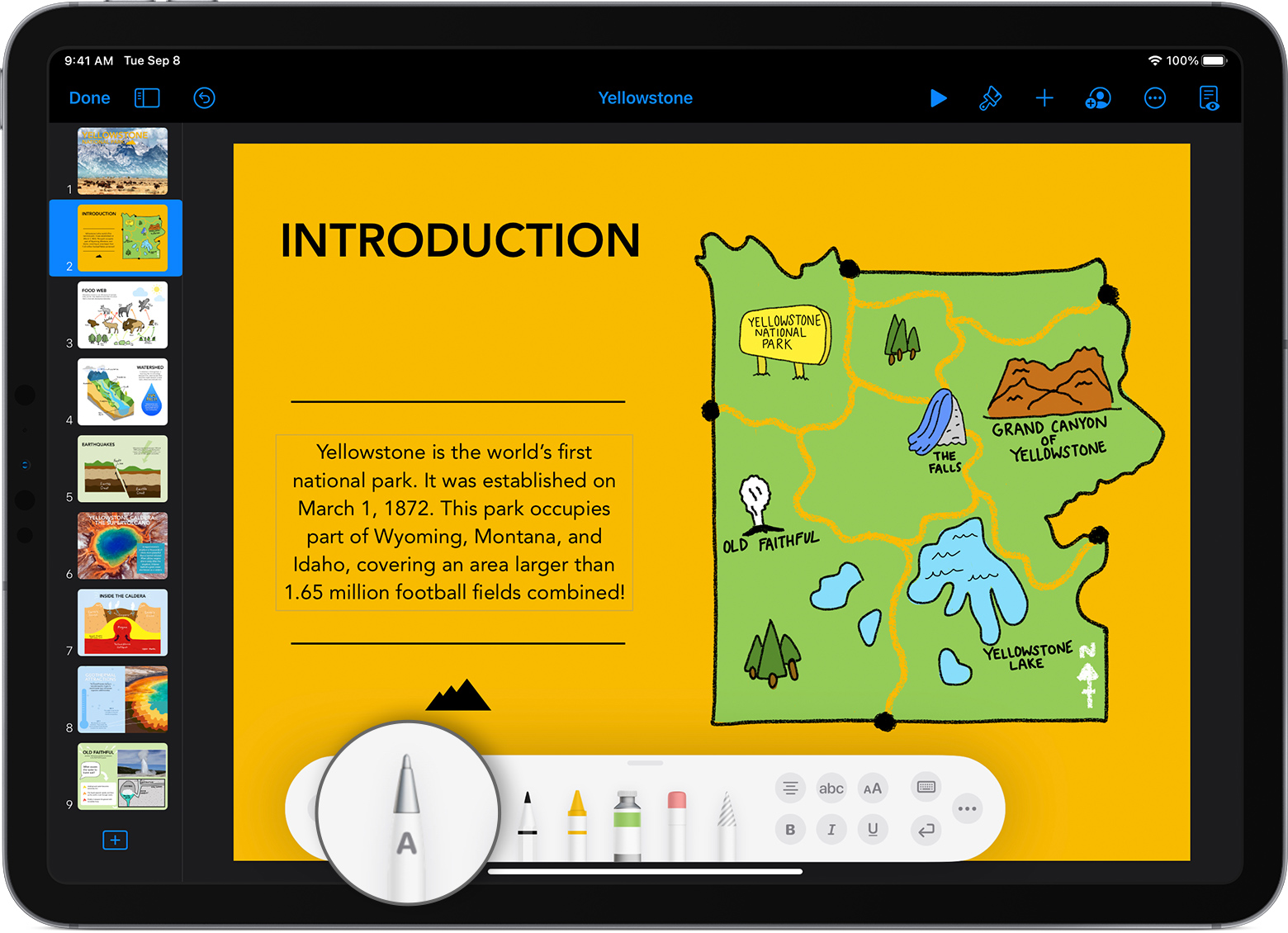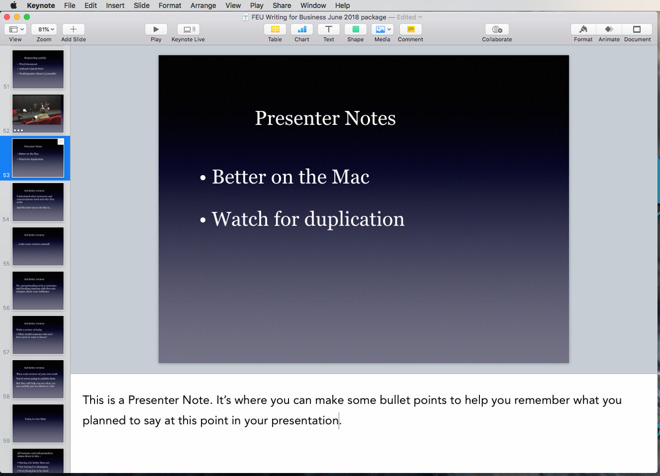

A new and improved Automator, with easy starting points to easily start a workflow.
#Switch the display for mac keynote live mac os x#
New and changed features End-user features Īpple advertised that Mac OS X Leopard has 300+ new features, including: A year later, this was amended to Spring 2007 however, on April 12, 2007, Apple issued a statement that its release would be delayed until October 2007 because of the development of the iPhone. When first discussed in June 2005, Jobs had stated that Apple intended to release Leopard at the end of 2006 or early 2007. Other notable features include support for writing 64-bit graphical user interface applications, an automated backup utility called Time Machine, support for Spotlight searches across multiple machines, and the inclusion of Front Row and Photo Booth, which were previously included with only some Mac models.Īpple missed Leopard's release time frame as originally announced by Apple's CEO Steve Jobs.

Leopard introduces a significantly revised desktop, with a redesigned Dock, Stacks, a semitransparent menu bar, and an updated Finder that incorporates the Cover Flow visual navigation interface first seen in iTunes. Leopard is the final version of macOS to support the PowerPC architecture as Snow Leopard functions solely on Intel based Macs.Īccording to Apple, Leopard contains over 300 changes and enhancements compared to its predecessor, Mac OS X Tiger, covering core operating system components as well as included applications and developer tools. Leopard was superseded by Snow Leopard (version 10.6) in 2009. It retailed for $129 for the desktop version and $499 for Server. Leopard was released on Octoas the successor of Mac OS X 10.4 Tiger, and is available in two editions: a desktop version suitable for personal computers, and a server version, Mac OS X Server. Next time you connect to the projector you shouldn't have to go through this - the MacBook should remember that you liked the projector to be the primary display in this setup.Mac OS X Leopard (version 10.5) is the sixth major release of macOS, Apple's desktop and server operating system for Macintosh computers. When you disconnect, the primary display designation returns to the MacBook automatically. This makes the projector your primary display while it is connected to your MacBook.

Drag the white strip, which represents the menu bar, from the display that is your MacBook, to the display that is the projector. Click the Arrangement tab in the settings box on the primary display. To change which display is primary and which is secondary, connect your Mac to the projector and then goto to System Preferences -> Displays. If you want the audience view to appear on the project you need to make the projector display the primary display before you play your Keynote presentation. You can turn off the Presenter Display on the secondary monitor by going to Preferences., clicking on the Presenter Display tab and unchecking the Use alternate display to view presenter information option. The secondary display is used to show a "presenter view" which shows the current and upcoming slides, an elapsed time timer and anything else you've set up the presenter view to show (to customize this view go to Play -> Customize Presenter Display.). Keynote uses the primary display as the display for the audience view.


 0 kommentar(er)
0 kommentar(er)
